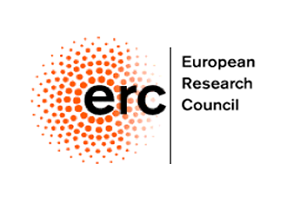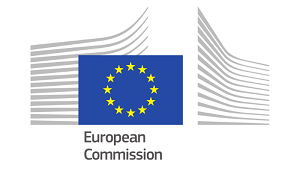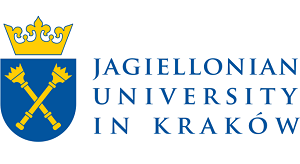We greatly acknowledge the support of the research in our laboratory by






 Nawigacja okruszkowa
Nawigacja okruszkowa
Nawigacja okruszkowa
Nawigacja okruszkowa
 Nawigacja
Nawigacja
Nawigacja
Nawigacja
 Widok zawartości stron
Widok zawartości stron
Widok zawartości stron
Widok zawartości stron
We greatly acknowledge the support of the research in our laboratory by






 Widok zawartości stron
Widok zawartości stron
Widok zawartości stron
Widok zawartości stron


Visible light provided by the Sun is the cleanest energy source one could ever imagine. Harvesting it is crucial for further development of science and technology as well as for reducing the ecological footprint of humanity. The efficient use of the visible spectrum of the Sun can take many forms and the direct photoexcitation of molecules resulting in a dramatic magnetization change - the so called photomagnetic effect - is one of them. In other words, sunlight photons could write, read and erase magnetic states of photomagnets. Photomagnets can be designed and prepared via a bottom-up modular approach using low-energy preparation methods developed by coordination, organometallic chemistry, supramolecular chemistry and crystal engineering with the support from physical and computational sciences.
Photomagnets belong to the class of smart multifunctional molecular materials that become paramagnetic, ferromagnetic or simply change their magnetic properties upon illumination - a feature that is hardly accessible in conventional magnetic solids - metal alloys and oxides. Currently known photomagnets are merely laboratory curiosities due to extremely low operation temperatures below the boiling point of nitrogen (-196?C). Hence, the overarching goal of LUX-INVENTA is the discovery of room temperature (RT) photomagnets that would show light-induced ON/OFF ferromagnetic switching under normal conditions. This goal will be pursued alongside the deep understanding of the processes occurring during the absorption of a photon by photomagnetic chromophores - the molecular components responsible for the photomagnetic effect. The proposed research focuses on (i) the design and synthesis of novel photomagnetic chromophores, (ii) investigation of the mechanism of the photomagnetic switching and (iii) preparation of RT photomagnets by a rational incorporation of the photomagnetic chromophores in the structure of coordination polymers and metal-organic frameworks
This project has received funding from the European Research Council (ERC) under the European Union’s Horizon Europa research and innovation programme - Grant Agreement No (101045004)